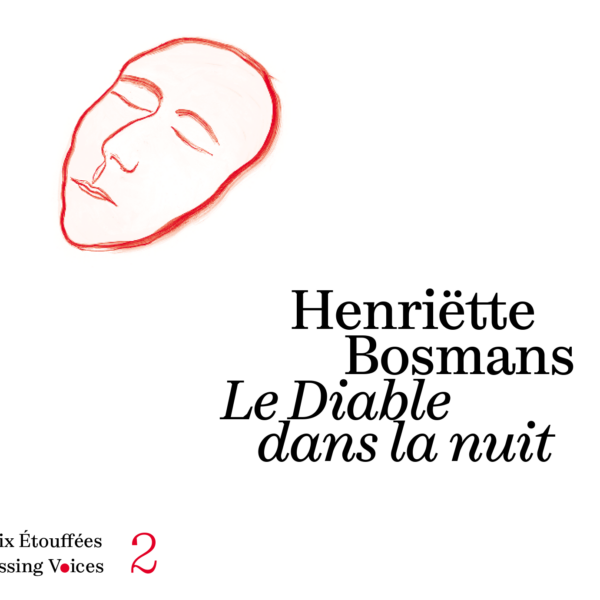Description
At the same lime as the compositional models resulting from romanticism were being challenged, an undermining of bourgeois art began at the end of the First World War with the foundation of the November Group on December 3, 1918. Linked by its name to the revolutionary movements that followed the armistice, the group was initially made up exclusively of visual artists – Max Pechstein, Otto Dix, George Grosz, Walter Gropius and many others – who wanted to “radically” renew the art, and defined itself in the catalog of its first exhibition with these words: “The November Group is a union of radical artists, radical in their rejection of traditional forms of expression, radical in their application of new means of expression “.
From 1919 onwards, it presented its works in independent exhibitions in Berlin. The divergences that appeared within it starting in 1921 are representative of the bipolarization that ran through the artistic movements throughout the Weimar Republic: while some found that the bourgeois republic gave creators the tools necessary to implement their ideas, a minority of artists considered that the revolution in art should go hand in hand with the social revolution. When the November Group opened up to musicians in January 1922, the same divide was to be found between the composers who joined: Heinz Tiessen, Philip Jamach, Jascha Horenstein, Stefan Wolpe, Kurt Weill, Max Butting and others, students of Busoni and Schoenberg, then in 1925 Hanns Eisler and George Antheil. Multidisciplinary, the November Group, which disappeared in 1932, developed a protean activity with one objective: to use art to influence society. lt thus tackled all disciplines in a proliferation consistent with that of the time, in which an art in full explosion was to figure prominently : cinema.
- Karusel Music International, coll. Suppressed Music Series
- 1 CD DDD





